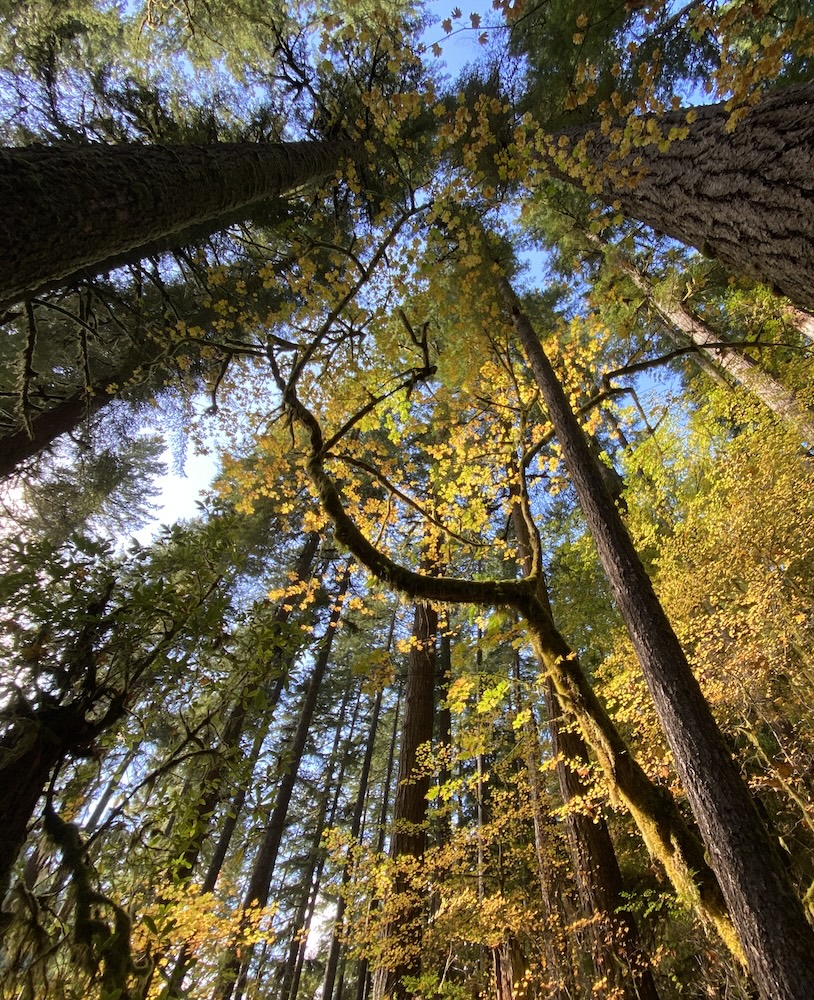
Our Work
Protecting the Wild
Wild areas are part of Oregon’s heritage. We make sure they’re part of Oregon’s future.
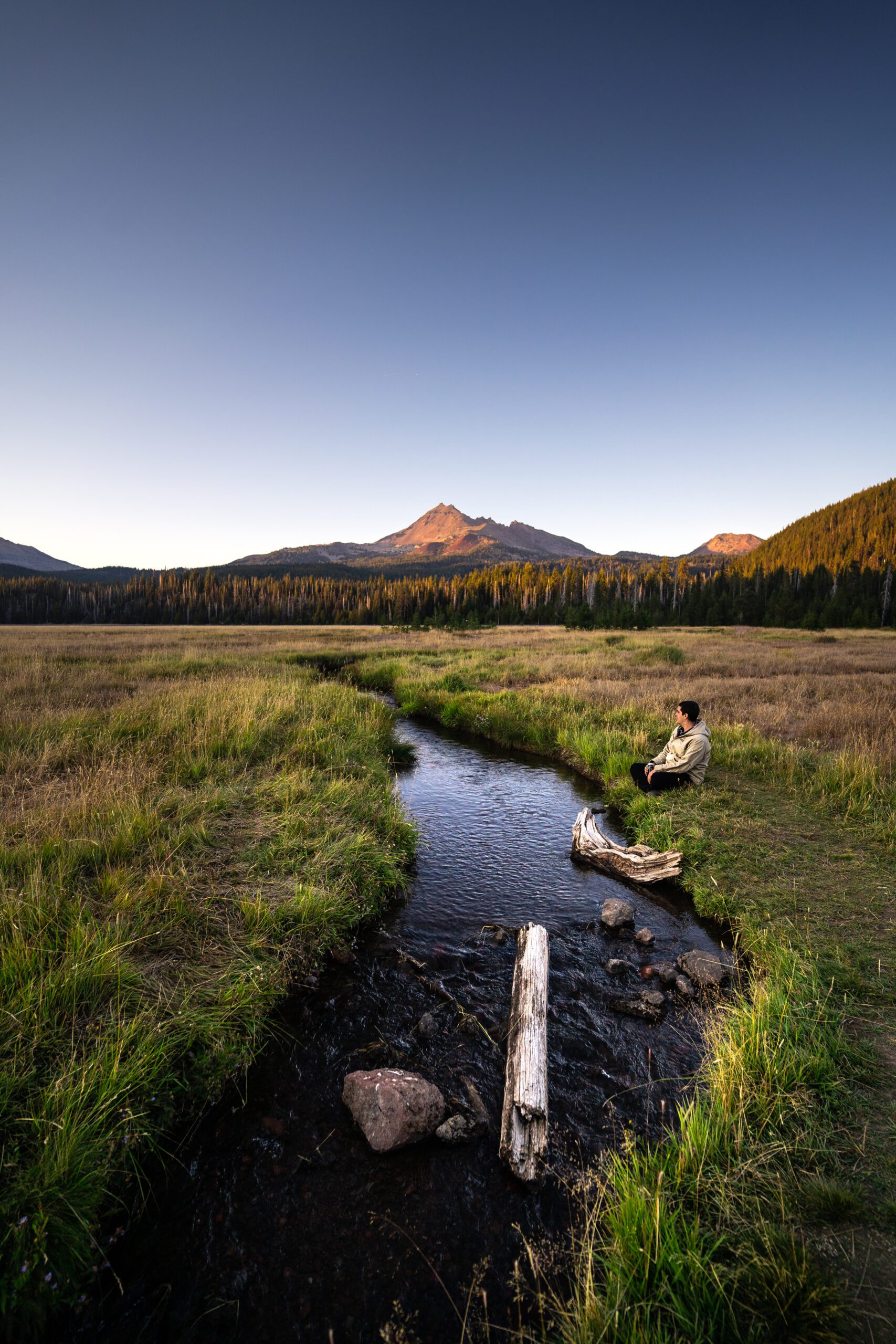
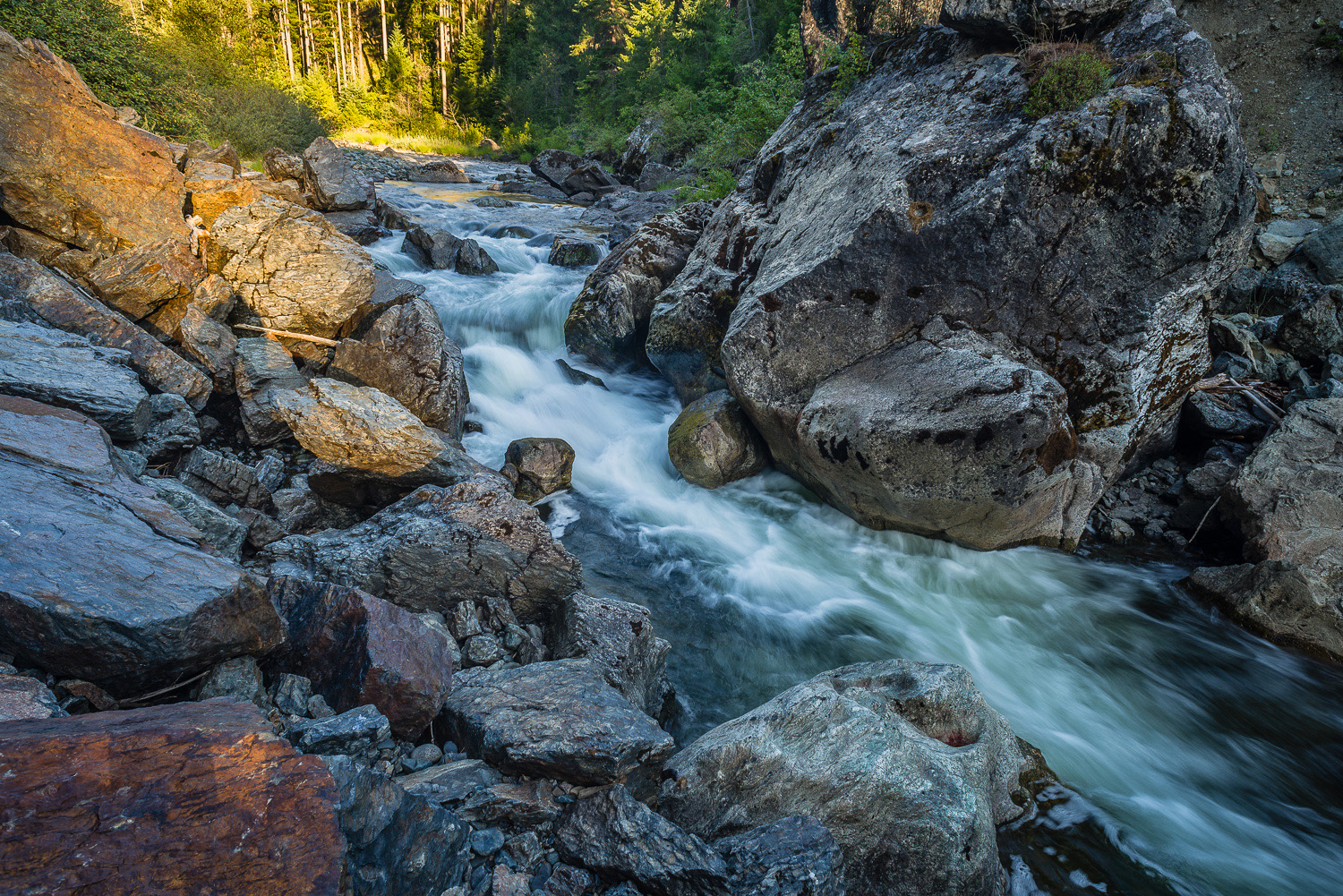
From lowland old-growth forests to alpine meadows, seeping headwaters to roaring rivers, wild places must have the freedom to find their own path.
Though humans have lived on and with Oregon’s landscapes for thousands of years, modern development through dams, roads, logging, and mining have irrevocably altered many of these landscapes.
Many of Oregon’s most iconic landscapes and rivers—Mount Hood, the Wild Rogue River, and others—still need Congress to grant them stronger safeguards.
Oregon Wild has won Wilderness and Wild & Scenic River designations for the Columbia River Gorge, parts of Mount Hood, the Three Sisters Wilderness, Opal Creek, the North Fork John Day, Steens Mountain, and more.
Standing together, we’ll do it again.
Oregon Wild Campaigns
Our fierce determination means clean drinking water, critical wildlife habitats, world-class recreation, resilience in the face of climate change—and the chance for generations to stand in awe, as we do, of Oregon’s might and majesty.
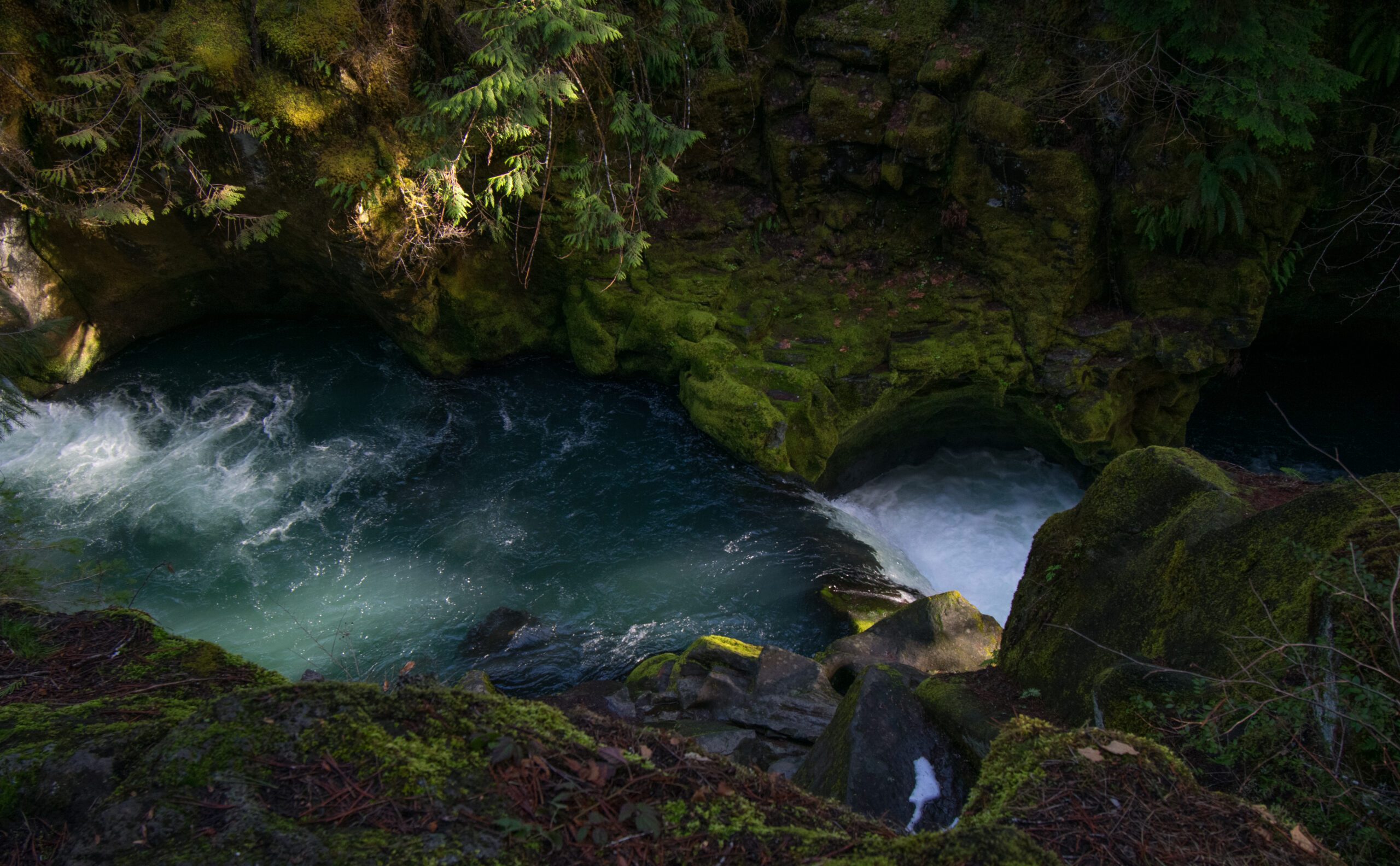
River Democracy Act
The result of public nominations from hundreds of Oregonians, this historic legislation would protect thousands of river miles across the state, from the desert streams of Owyhee country to the roaring rivers of the Coast Range.
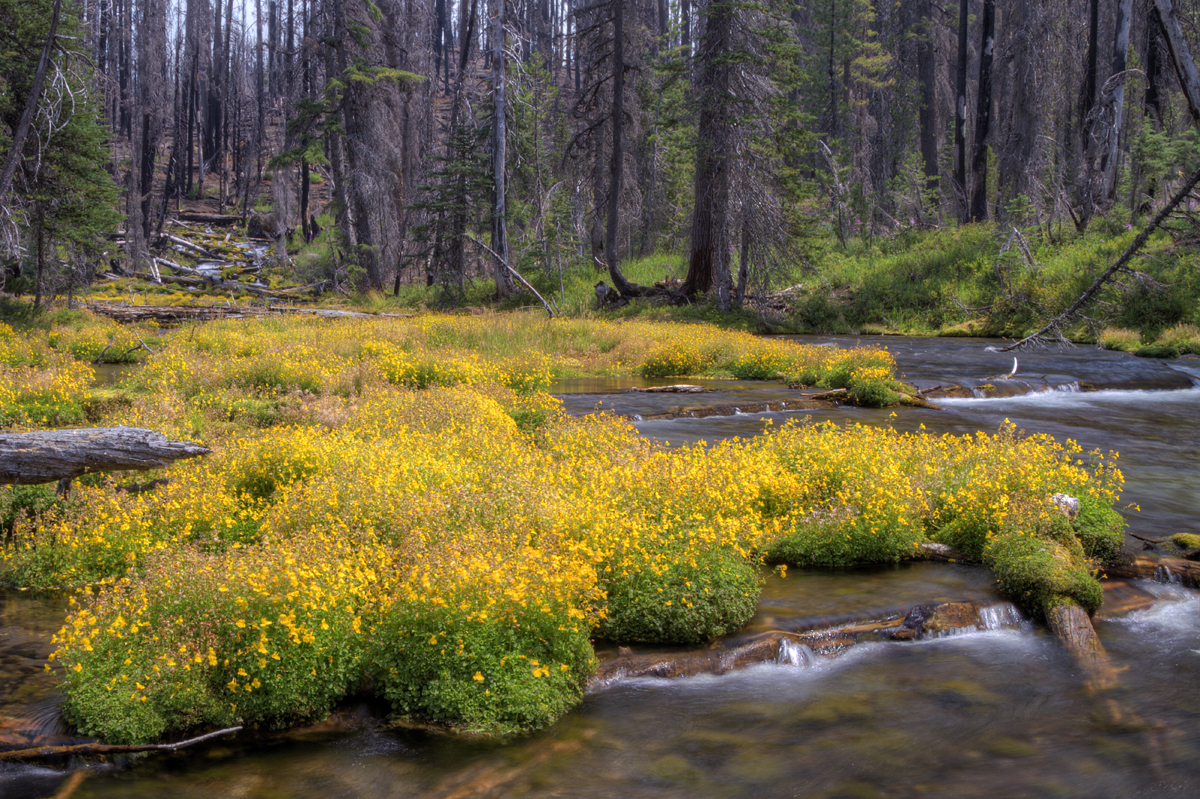
Wild Rogue
The world-renowned Rogue River has been waiting decades for protection from proposals to bulldoze and clearcut precious old-growth forests. That’s how long we’ve been fighting on behalf of this rugged and iconic landscape—and we don’t quit.
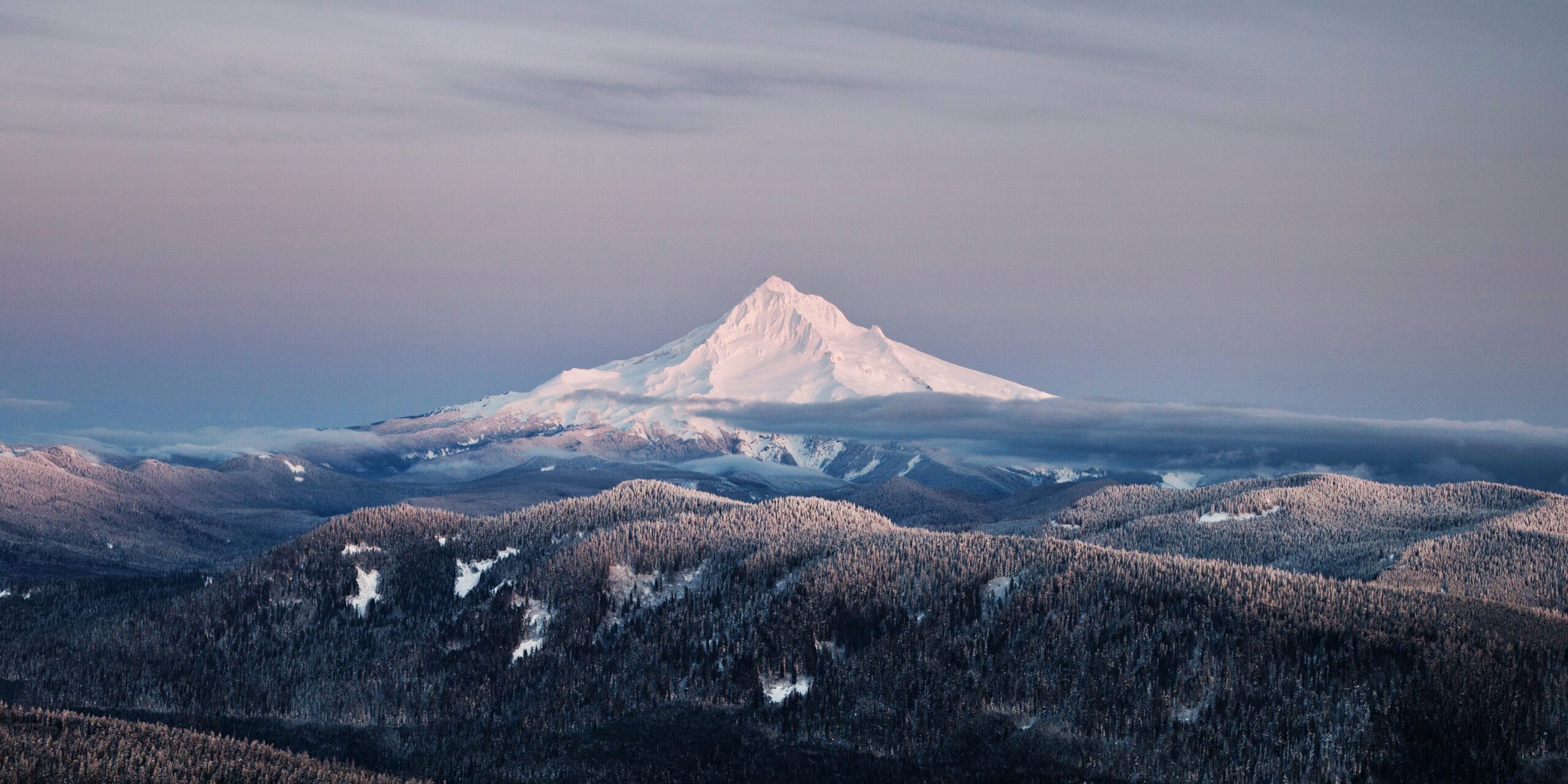
Mount Hood
Oregon’s crown jewel is surrounded by beloved areas that remain unprotected. Small victory by small victory, we’ve won safeguards for wildlife, watersheds, and the climate. Yet, many parts remain unprotected, and recent proposals would weaken existing safeguards.
